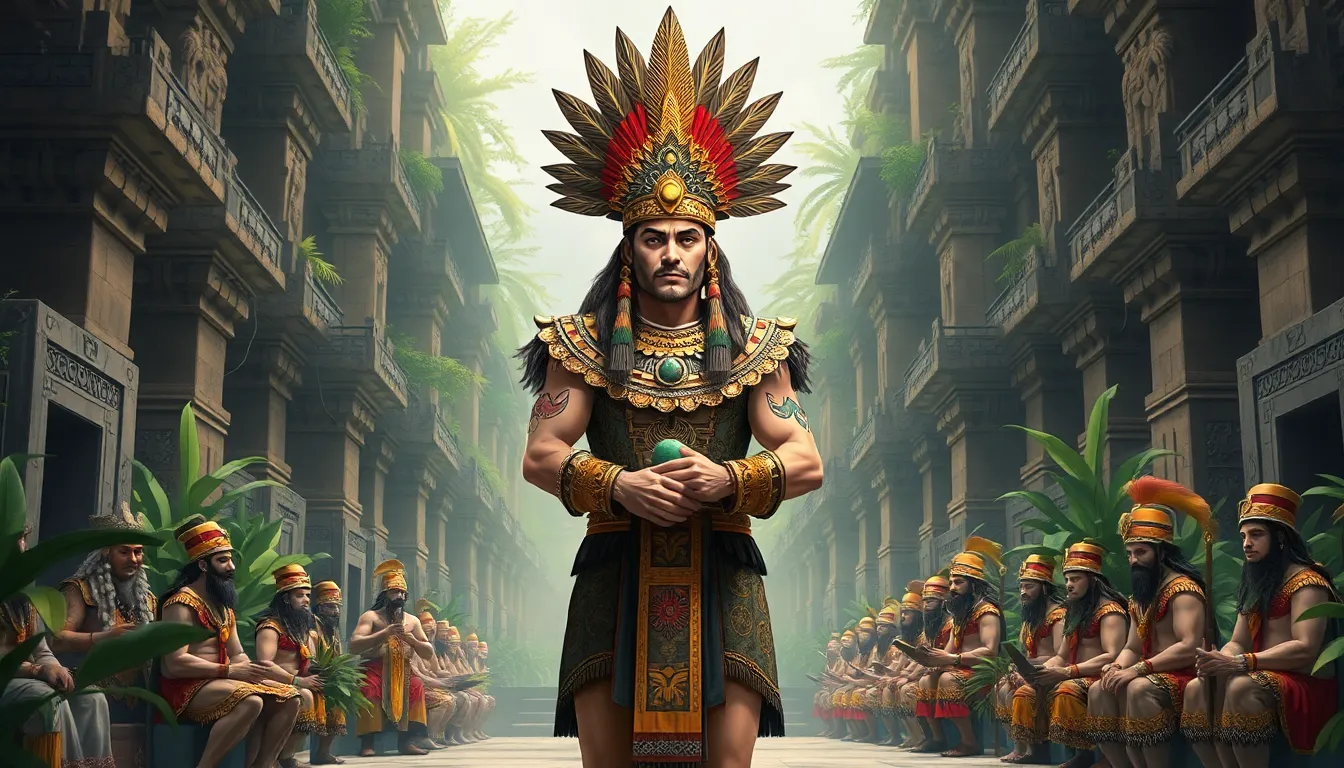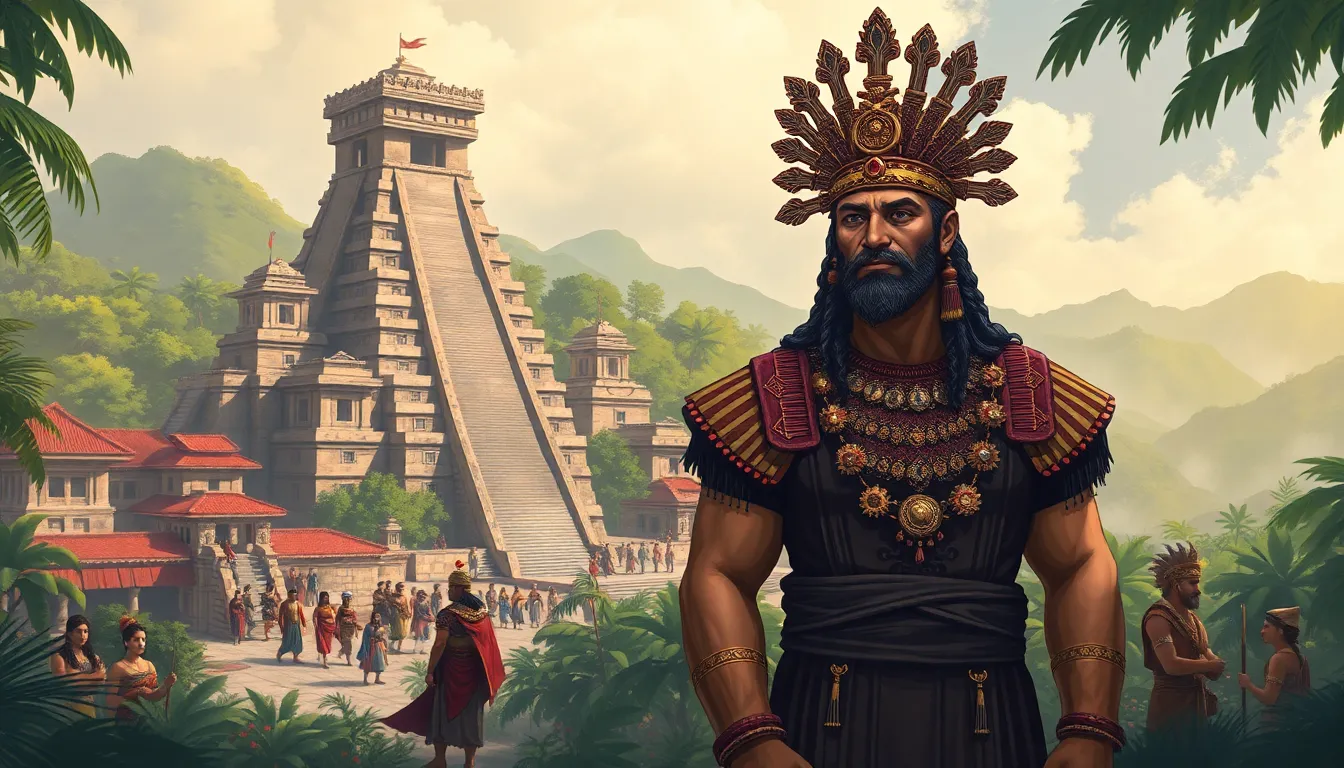
Mayan Politics: Unraveling the Power Struggles of Ancient Civilizations
Diving into Mayan politics is like unearthing a treasure chest filled with intrigue, power struggles, and a sprinkle of ancient drama. Imagine a world where rulers wore elaborate headdresses, and decisions were made not just in council chambers but also under the watchful gaze of the gods. It’s a captivating blend of history and mythology that’ll make anyone rethink their own political dilemmas.
Mayan Politics
Mayan politics operated within a highly structured hierarchy. City-states served as political centers. Each city-state housed a ruling elite, often led by a king known as a “k’uhul ajaw.” Rulers maintained power through complex narratives linking their authority to divine forces.
Practical decisions relied heavily on religious beliefs and rituals. The Maya viewed their kings as intermediaries between gods and people. During significant events, they performed ceremonies to secure favor from deities, reinforcing their political legitimacy.
Wars among city-states showcased the interdependence of military and political power. Conquests often aimed at capturing territory and tribute, making warfare a critical component of political strategy. Victorious leaders claimed rights over defeated cities, expanding their influence and resources.
Social stratification characterized Mayan society. Nobles occupied high-ranking positions, aiding the king in governance. Priests held significant sway, guiding political decisions and ensuring alignment with religious doctrines.
Trade relationships also impacted political dynamics. Economic exchanges fostered alliances among city-states, while changes in trade routes could lead to shifts in power. Collaborative trade agreements promoted stability and encouraged political cooperation.
The collapse of several prominent city-states reveals vulnerabilities in Mayan politics. External pressures, environmental challenges, and internal strife contributed to the decline of powerful ruling families. Understanding these dynamics provides insight into the complexities of Mayan governance.
Key Political Structures

Mayan politics revolved around intricate systems of governance characterized by powerful city-states and dynamic leadership. These structures forged a complex web of political and social dynamics.
The Role of City-States
City-states functioned as independent political units, each with its own ruler and governance system. Major sites like Tikal and Calakmul exemplified this structure, exerting influence over surrounding regions. Each city-state engaged in trade, diplomacy, and warfare, shaping regional alliances and rivalries. Political authority often depended on military strength and resource control. Additionally, city-states competed for tribute, enhancing wealth and maintaining power through conquest. This interdependence established a delicate balance within Mayan civilization, where alliances could shift rapidly, highlighting the fluid nature of political relations.
Leadership and Governance
Leadership in Mayan society centered on kings known as “k’uhul ajaw,” regarded as divine intermediaries. Each ruler maintained political legitimacy through ritualistic practices and by invoking divine support. Governance included a council of nobles and priests who assisted in decision-making, emphasizing collaboration in power structures. Priests conducted vital ceremonies ensuring the favor of gods, forging a strong link between religion and politics. Effective rulers navigated the complexities of their status, balancing external threats and internal dissent. Social hierarchies dictated interactions, with nobles dominating political life, while commoners largely participated in agricultural labor and tribute collection.
Major Political Events
Mayan politics involved a series of significant events characterized by warfare, alliances, and trade dynamics.
Wars and Alliances
Conflicts between city-states often defined political landscapes. Tikal and Calakmul engaged in extensive warfare, seeking to expand territories and strengthen their dominance. Leaders used military conquests to secure tribute from defeated rivals, enhancing their resources and influence. Alliances, however, played a crucial role in shaping these military encounters. Temporary coalitions formed to counter dominant powers, showcasing the fluid nature of political partnerships. Rivalries could shift quickly, emphasizing the need for adaptable strategies in governance. Political marriages bolstered alliances and secured peace agreements, influencing decisions across the region.
The Impact of Trade
Trade acted as a significant factor in Mayan politics, intertwining economic interests with political power. Major trade routes facilitated the exchange of goods like jade, textiles, and cacao, influencing the wealth of city-states. Wealth accumulation from trade reinforced political authority, allowing rulers to maintain larger armies and perform elaborate rituals. Diplomacy often flourished alongside trade, with agreements establishing mutual benefits among states. In times of conflict, a lack of trade could destabilize alliances, as economic reliance shaped political relations. Hence, control over trade routes became essential for sustaining power and influence throughout the region.
Social Hierarchy and Politics
Mayan politics featured a structured social hierarchy, emphasizing the roles of rulers and nobles in governance. At the top of this hierarchy were the k’uhul ajaw, or divine kings, who held the ultimate authority over city-states. Their status derived from both bloodlines and their public image as divine intermediaries. Nobles and high-ranking officials supported the rulers, forming an elite group that participated in key decision-making processes. These individuals controlled resources and power, while commoners primarily engaged in agriculture and tribute-related labor. The interconnectedness between the ruling class and the nobility ensured stability, allowing for effective governance within city-states.
Nobility and Ruling Class
Nobility defined the political landscape of the Maya civilization. The elite class consisted of warriors, priests, and advisors who played essential roles in governance. Each noble family maintained their own territories, often tied to specific cities. Political power concentrated among the nobility, facilitating the execution of state decisions. Leaders frequently relied on their nobility for military support during conflicts with rival city-states. Policies surrounding tribute collection and resource allocation stemmed from discussions among noble circles, illustrating their influence. Interaction between nobility and the k’uhul ajaw maintained a balance, ensuring the city-states functioned cohesively.
Role of Religion in Politics
Religion shaped Mayan politics, intertwining governance with spiritual practices. Political leaders often drew legitimacy from religious beliefs, linking their authority to the gods. Ceremonies, rituals, and offerings played vital roles in securing divine favor. Rulers consulted priests to discern the will of the gods before making significant decisions. Sacred calendars influenced political timelines, dictating the best times for warfare and key ceremonies. This intertwining of the spiritual and political realms reinforced the power of the ruling class, fostering a society where governance and religious practices coexisted symbiotically. The reliance on religion also facilitated alliances, as shared beliefs among city-states could unify them against common threats.
Legacy of Mayan Politics
Mayan politics left a lasting impact on the governance systems of later civilizations in Mesoamerica. City-states established by the ancient Maya served as influential models for political organization, emphasizing the role of centralized leadership and religious authority. The concept of the k’uhul ajaw, as a divine ruler, molded the way leaders operated, emphasizing a link between governance and spiritual oversight.
Political strategies developed among the Maya also influenced regional interactions. For instance, trade networks expanded the economic capabilities of city-states, reinforcing power dynamics through resource control. Powerful trade routes enabled the flow of goods, such as jade and cacao, shaping alliances and rivalries.
Military conquests further highlighted the importance of power in political legitimacy. Victorious leaders demonstrated their might by acquiring tribute from defeated city-states, fostering an environment where military strength dictated political survival. Temporary coalitions emerged to combat aggressive rivals, showcasing flexibility within the political landscape.
Social hierarchies established during this time set the stage for future governance structures. Nobles and priests remained integral to decision-making processes, maintaining their influence over military, economic, and spiritual matters. The interconnectedness of these classes promoted stability in city-states, allowing them to manage complex relationships effectively.
Religious practices also infused politics with authority, ensuring rulers maintained favor with the gods. Sacred rituals and calendars determined the timing of significant events, such as warfare and ceremonies, reinforcing the nexus between divinity and governance. The interplay of military, economic, and religious politics shaped a rich legacy that resonates throughout history and remains relevant in contemporary discussions on governance.
Conclusion
The intricate tapestry of Mayan politics reveals a civilization deeply intertwined with its religious beliefs and social structures. The k’uhul ajaw stood at the center of this dynamic, wielding power that was both political and divine. As city-states navigated alliances and rivalries, their governance reflected a complex interplay of military strength, economic interests, and spiritual authority.
This legacy laid the groundwork for future Mesoamerican societies, influencing governance models that followed. The lessons learned from Mayan political structures continue to resonate, offering insights into the challenges of leadership and the importance of adaptability in ever-changing political landscapes.
